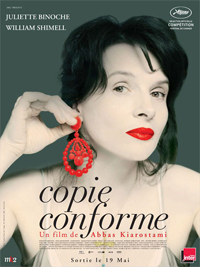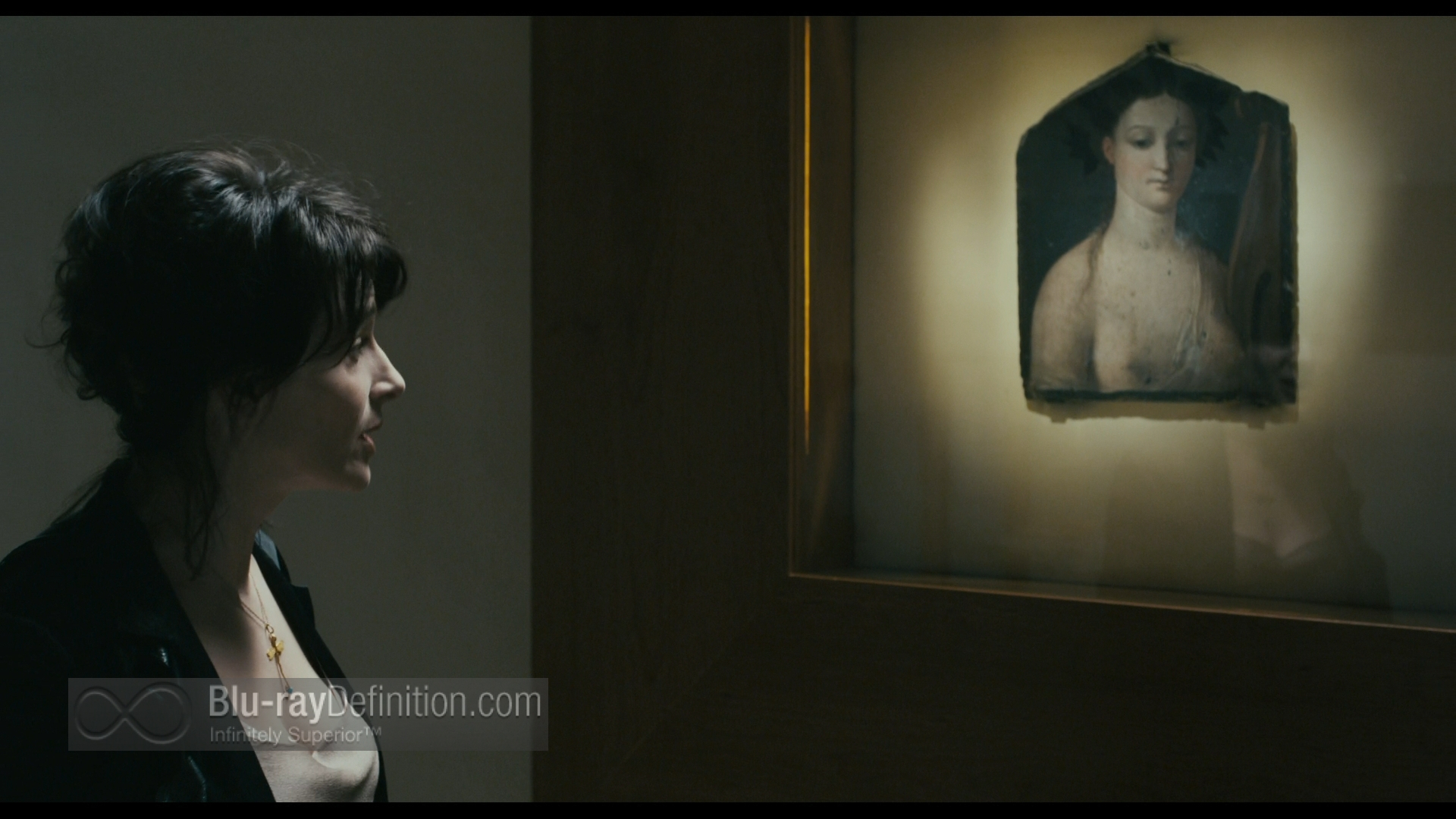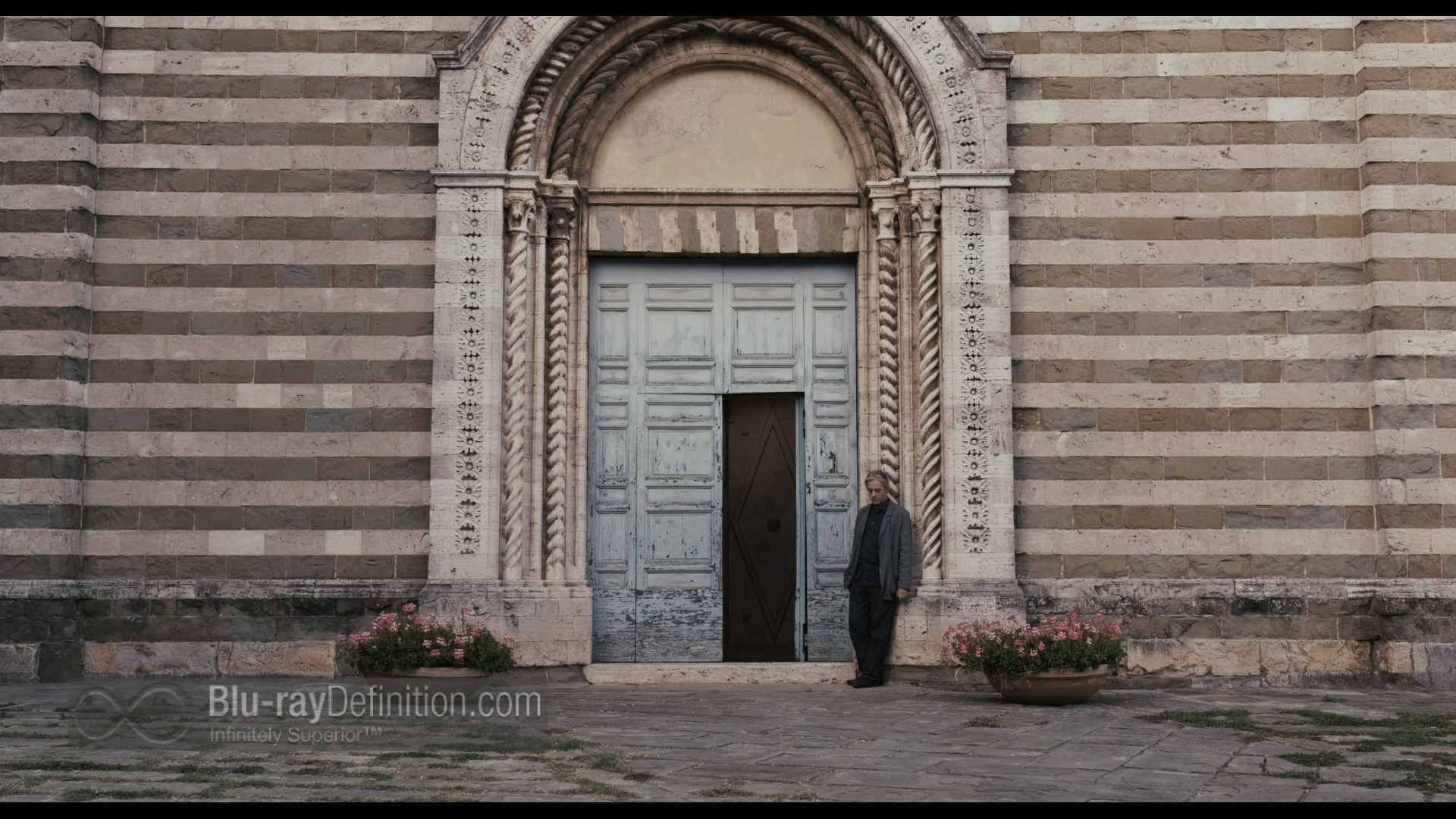 For people who studied cinema in any form (academically, that is) Abbas Kiarostami is like the Satyajit Ray of Iran. Legendary, known as the messiah of Iranian cinema across the globe and immensely rebellious within Iran, Kiarostami is a topic of study. I’ve read a bit about Kiarostami in college but the only film of his I recall watching is ‘Close Up’.
For people who studied cinema in any form (academically, that is) Abbas Kiarostami is like the Satyajit Ray of Iran. Legendary, known as the messiah of Iranian cinema across the globe and immensely rebellious within Iran, Kiarostami is a topic of study. I’ve read a bit about Kiarostami in college but the only film of his I recall watching is ‘Close Up’.
While reading up on European award winning films of the year, I came across ‘Copie Conforme’ (Certified Copy), written and directed by Abbas Kiarostami himself. I downloaded and watched yesterday.
The first half of the film is about art and the argument of originality in art. The argument continues against the backdrop of beautiful Italian countryside, switching languages between English, French and Italian. The two people admiring each other and having an interesting conversation about art suddenly get into a rather uncomfortable conversation and the film takes a sharp turn from there.
 The museum scene where the two argue in front of ‘the certified copy’ is rather interesting. The painting that was believed to be original for long before they found out it was a copy brings out the argument that every piece of art is either copied from something else (same form or otherwise). He brings up the point that the painting Mona Lisa is a copy of a woman (art in another form).
The museum scene where the two argue in front of ‘the certified copy’ is rather interesting. The painting that was believed to be original for long before they found out it was a copy brings out the argument that every piece of art is either copied from something else (same form or otherwise). He brings up the point that the painting Mona Lisa is a copy of a woman (art in another form).
What starts as a disagreement about the idea of originality in art goes through various ups and downs to finally end as a domestic fight between man and wife. The conversation in the café where James Miller (protagonist played by William Shimell) says he lives his life and lets his family lives their own seems rather charming until the female lead (unnamed in the film played by Juliette Binoche) flips and starts screaming at him pointing at how tough it is to bring up a son, like it was his son too.
 The woman’s desperate attempt at making Miller understand her meaning of the statue above is also a great string of scenes. They talk about this statue on and off. In the end, she takes him to the statue and makes another visitor tell him that the woman is resting on the man’s shoulder seeking reassurance and protection from him.
The woman’s desperate attempt at making Miller understand her meaning of the statue above is also a great string of scenes. They talk about this statue on and off. In the end, she takes him to the statue and makes another visitor tell him that the woman is resting on the man’s shoulder seeking reassurance and protection from him.
The conversations (though in many languages at a time – The man speaks in English and the woman responds in French) are the highlight of the film. The film is practically a dialogue between a man and a woman about various things. When the conversation moves from pleasant intellectual discussions to a domestic argument, the discomfort reaches the audience. While we do not know (till the end) that they are a couple, the conversations leave the audience worried and disturbed.
From two people driving across Italy and having a fight, a fantastic film called ‘certified copy’ has been made! Of course, art, coffee, beautiful cast and a wonderful backdrop add immense value!

Leave a Reply